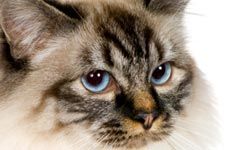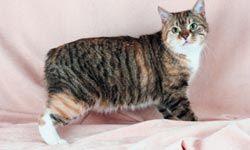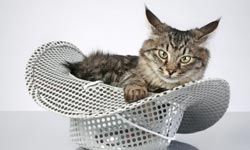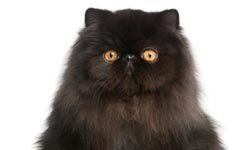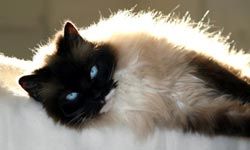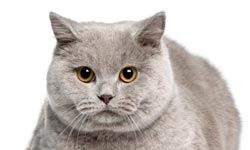Cats and kids seem to have a special bond. Few kids can pass up the opportunity to pet, play with or even just nudge a little closer to a cute kitten or cat. Cats can make good first pets for children. Compared to dogs, they are low maintenance because they don't need to go outside to relieve themselves, nor do they require frequent baths. And due to their relatively low energy levels, they can be kept indoors safely.
However, not all cats are suitable for children. Some cats prefer to be left alone or don't like to play; others are high maintenance. So it's important to look at breed temperaments before making a decision on which cat to get.
Advertisement
When you do bring home the cat, supervise the first interaction between your pet and your children. The cat might be shy at first, especially around a handful of new people, and it might try to hide, bite or scratch. Give it time to get comfortable with you before introducing it to your children. And be sure to teach your kids not to tease, throw or lug the cat around by the armpits. Depending on their ages, you can also teach your children how to feed, groom and take care of their new friend.
We've come up with a list of the top 10 cat breeds for kids, taking into account qualities like playfulness, grooming needs, activity level and companionship. We'll start with the rambunctious Abyssinian.

